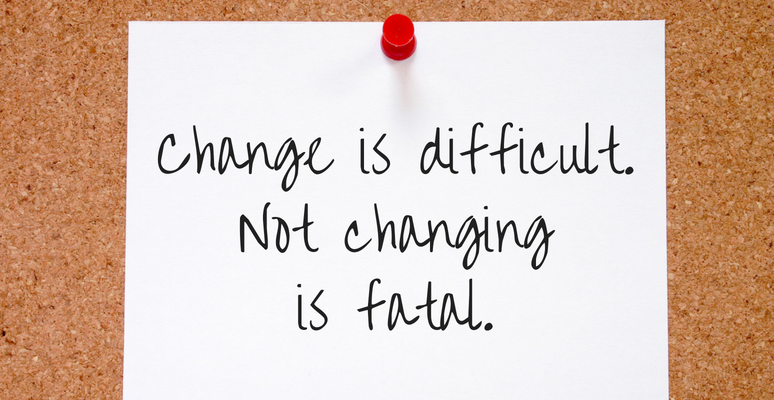The American Dental Association (ADA) Health Policy Institute reports that the percentage of dentists in private practice who are owners has declined overall since 2005, but more for younger dentists than older ones. Practice ownership for dentists under 35 has declined from 44 percent in 2005 to 28.4 percent in 2017. Ownership for all dentists has declined from 84.2 percent in 20025 to 77.5 percent in 2017.

Source: ADA Health Policy Institute
What does it mean for an association when practice modalities change? The ADA started with members who owned their own practices. Now members are more diverse. Some still are owners, some share ownership in group practices and others are non-owner employees. The lack of homogeneity in membership makes it increasingly difficult to provide meaningful member benefits. This isn’t just true for the ADA but for any association whose membership has changed over the years. One approach for a diverse membership is to use a Venn Diagram to outline the needs of each segment of membership. The purpose is to identify — and then focus on — the areas of overlapping needs.
Remember, the strongest value propositions help members work less stressfully, more profitably and more productively. There are few, if any, associations that can offer the same products and services today that they offered years ago and still be relevant to members. Your members are changing. The marketplace is changing. And you, too, should be changing. The associations that are thriving are deliberately doing so rather than waiting for change to be forced upon them.

